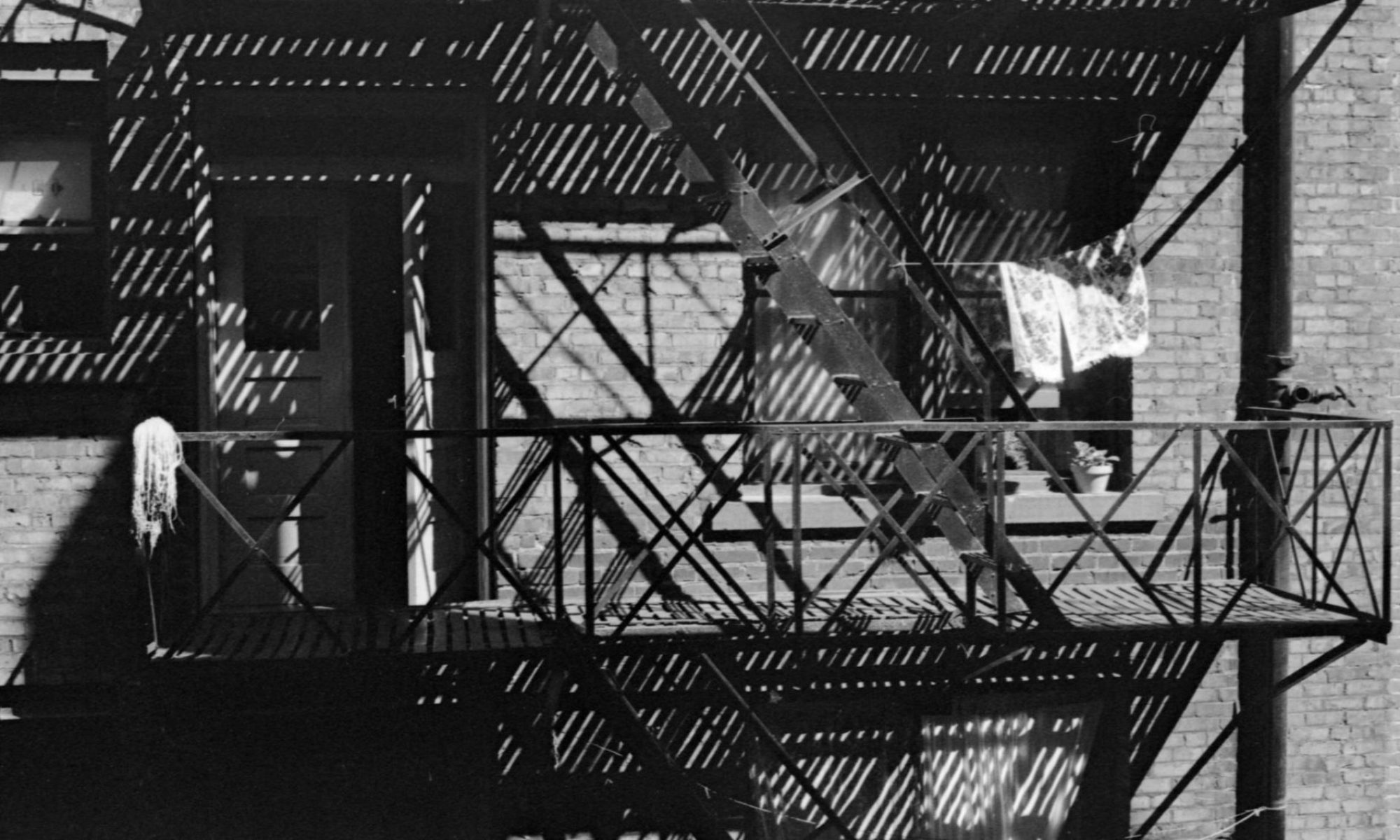
Since the Summer of 2014, The Right to Remain Community Fair has engaged local residents and artists in conversations about the human rights legacies of the Downtown Eastside, drawing attention to the historic cycles of urbanization that have dispossessed its inhabitants of Indigenous, Japanese, Chinese, African, and other ancestries of their lands, communities, identities, and properties. One of the most potent ideas informing the Right to Remain is the Medicine Wheel, a four-coloured Indigenous symbol that represents balance, unity, and belonging. Designed by artist-facilitator Ali Lohan in consultation with Joyce Rock and Quin Martins, the Right to Remain logo emerged out of a need for a familiar, inclusive, and community-friendly design that made connections between place, inhabitation, and wellbeing in the Downtown Eastside.
As artist-facilitator Herb Varley explains, the Medicine Wheel symbolizes completeness and wholeness. The circle is thought of as the perfect shape because it is equally strong at each point, it has no beginning and no end, and it has a cyclical, continuous quality. According to Varley, there are many teachings that come from the four colours of the Medicine Wheel. In one, the colours represent the four directions, which are related to states of being: physical, spiritual, mental, and emotional. In other teachings, the colours represent the four peoples of the earth and the four stages of life (child, youth, adult, elder). In all cases though, the four elements need to be in balance for the unity and wholeness to be realized.
For Varley, the Medicine Wheel relates to the idea of the Right to Remain in a number of ways. First, the fact that the teachings of the Medicine Wheel even exist is because Indigenous peoples have asserted a Right to Remain who they are even as the government tried to erase and suppress such traditions. In terms of the Right to Remain in the Downtown Eastside, the use of the Medicine Wheel acknowledges the continuous Indigenous presence in, and character of, the area. It signals a resistance to developments benefiting those with financial and cultural power, and denotes a balanced and holistic approach to addressing low income people’s need to be in place. Varley also reminds us that if people were living by the teachings of the Medicine Wheel in a good and humane way, then the question of who has the Right to Remain would not come up as often as it does, because no one would actually have to fight for it. Such a change would give people time to focus on their lives without worrying about their rights being violated, or their homes being taken from them.
The Indigenous symbol of the Medicine Wheel, as used in the Right to Remain logo, communicates a message of unity, balance, wholeness, and belonging. It represents the hope that all residents of the Downtown Eastside find strength in this message as they assert a Right to Remain in the face of marginalization and displacement.




























